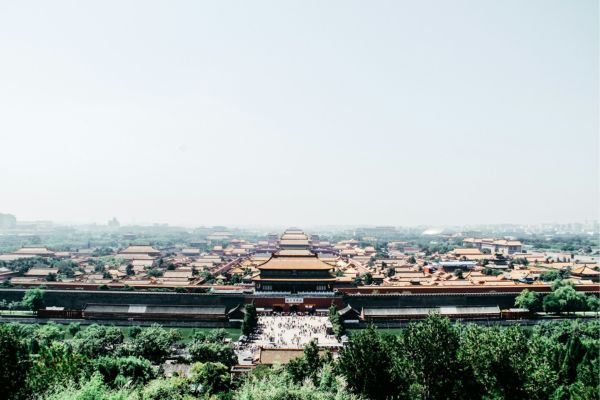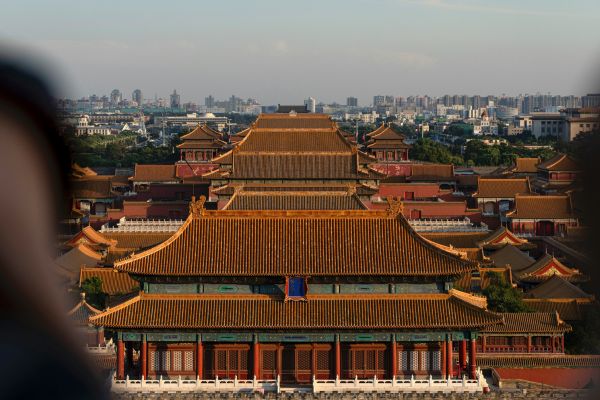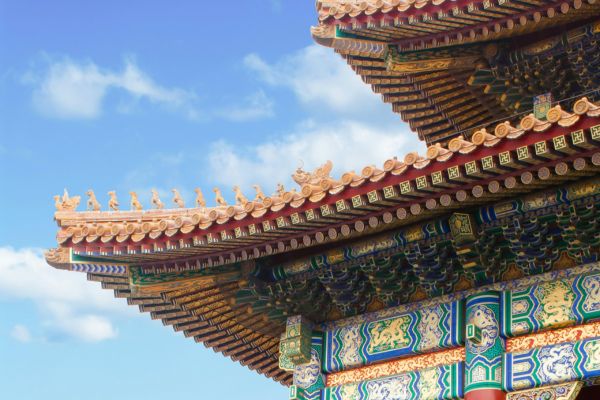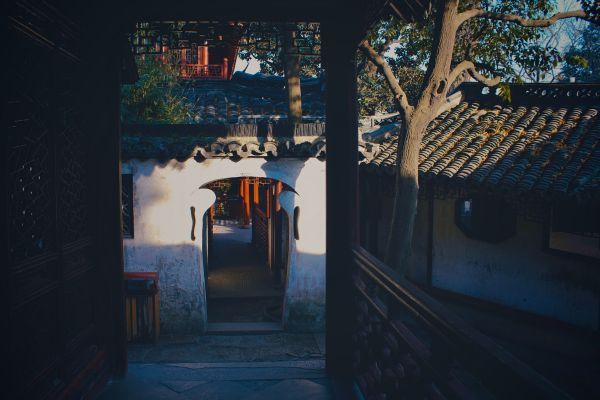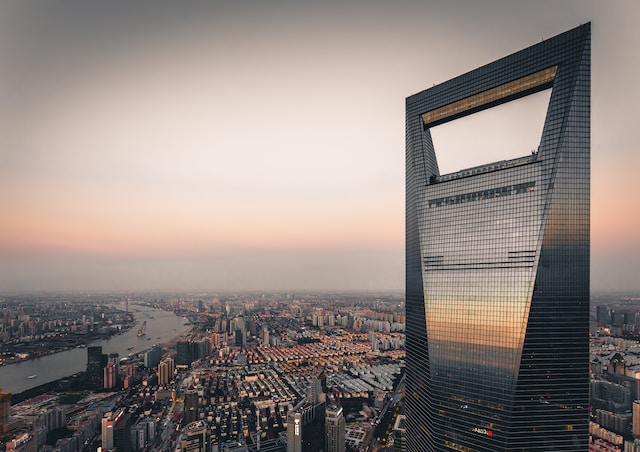
China's hierarchical trial system for civil cases can be summarized as "2+1+1", namely:
2: Generally, cases shall be closed after the second instance.
1: Under special circumstances, the parties may also apply to a higher court for retrial of the case after the final adjudication.
1: After the application for retrial is dismissed by the court, the parties may also apply to the procuratorate for review of the case so that the court is requested to retry the case. But the success rate is even lower.
I. Most cases are closed after the second instance
The meaning of “cases closed after the second instance” is that if the parties refuse to accept the first-instance judgment, they can appeal to a higher court, and the higher court will conduct the second-instance trial. The second-instance judgment shall be the effective and final judgment and the parties can apply for the enforcement thereof. In addition to civil cases, criminal and administrative cases are generally also subject to the “cases closed after the second instance”. As mentioned in the previous post (see “Magnificent Four-level Pyramid - China's Court System”), Chinese courts are divided into four levels: primary, intermediate, high and supreme. Therefore, appeals against first-instance judgments rendered by primary people’s courts should be tried by intermediate people’s courts, and so on.
Leapfrog appeals cannot be made for most cases in China, with the only exception of intellectual property cases with stronger technical attribute. Depending on the amount in controversy, the court of first instance for these cases may be either the high people’s court or the intermediate people’s court. Even if the court of first instance for these cases is an intermediate people’s court, the second instance shall be directly tried by the Intellectual Property Court of the SPC rather than by a high people’s court. The cases allowed for leapfrog appeals are mainly civil and administrative cases related to patents, new varieties of plants, layout design of integrated circuits, technical secrets, computer software, monopoly (including administrative cases related to the confirmation of patent license), but first-instance civil cases related to design patents are not included herein. The main purpose of leapfrog appeal is that the SPC, as the Appellate court, may unify the adjudication standards of lower courts in intellectual property cases, and avoid the improper protection of local interests by high people's courts.
As for the time limit of appeal, it is usually within 15 days from the date of service of the first-instance judgment, but for the party without domicile in China, the time limit is 30 days. According to Chinese laws, litigation-related documents formed in foreign countries need to be notarized in the country of domicile of the foreign party and authenticated by Chinese embassies/ consulates in the said country. Preparing relevant documents in such a short time is also a challenge for the foreign parties.
II. Simple and small claim cases are closed after the first instance
For simple civil cases tried by primary people’s courts, if the amount in controversy is less than 30% of the average annual salary in the previous year of the province involved, the case shall be closed after the first instance and the parties concerned shall not appeal.
It is worth noting that foreign-related civil cases shall not be forced to be closed after the first instance regardless of the amount in controversy, but rather may be subject to the second instance.
III. After the final trial of a case, the parties may also apply for a retrial.
After the final trial of a case (either the final trial after the second instance or the final trial after the first instance if no appeal is brought), that is, after the judgment has entered into force, the parties can also point out to a higher court the errors in evidence determination, application of law, litigation procedure and so on, and apply for retrial of the case. The decision for retrial shall be decided by a higher court after the examination.
The difference between applying for retrial and appeal is that, as long as the parties appeal according to law, the court will certainly conduct the second instance, while the application for the retrial will be subject to the court's examination and approval before the retrial procedure can be initiated. Before the initiation of the retrial procedure, the original judgment should also be continued to be enforced. Given that it is effective judgments to be reviewed in a retrial, Chinese courts impose strict control over the retrial procedure. According to incomplete statistics and our experience, about 10% of retrial applications can be approved by the court.
Regarding the time limit for applying for retrial, regardless of Chinese or foreign parties, they should apply for retrial within six months after the judgment takes effect.
IV. After the application for retrial is dismissed, the parties may also apply to the procuratorate for case review.
If the application for retrial is dismissed by a higher court, the parties may also apply to the procuratorate(more about China's procuratorate) at the same level with the court of last resort for case review. If the procuratorate considers that there are indeed errors in the case, it may report the case to the higher procuratorate which shall then lodge a protest against the court at its corresponding level, so that the court may retry the case. The procuratorate may also make procuratorial suggestions to the court of last resort, and the court of last resort may decide whether to retry the case at its sole discretion.
Applying to the procuratorate for case review is the last resort of the parties. As the procuratorate respects the certainty of the court's judgment, it is often more difficult to apply to the procuratorate for case review than to apply to a higher court for retrial.
There are no clear limitations on the time limit for applying to the procuratorate for case review. In practice, the later the application for review, the more difficult will it be. Therefore, it is better for the parties to apply for review immediately after the application for retrial is dismissed.
V. After the end of the "2+1+1" procedure, the parties may still be entitled to petition in theory
After the end of the "2+1+1" procedure, the parties have exhausted their litigation rights and it is difficult to initiate any legal proceedings. However, according to China's Civil Procedure Law, courts can take the initiative to review errors in their own judgments and lower courts' judgments, and retry cases involved. Therefore, in theory, the parties can keep petitioning to attract the attention of the court. However, the success rate of such petition is extremely low.
In practice, courts usually set up mailboxes to receive letters from representatives of national and local people’s congresses. Therefore, the parties can invite the representatives to assist in petitioning, but this only contributes to the success rate to a limited extent.
VI. Cases that are not subject to the "2+1+1" procedure
Although the aforementioned simple and small claim cases shall be closed after the first instance, application for retrial and review by the procuratorate may still be initiated for such cases. However, cases of revoking the arbitral award and cases of confirming the validity of the arbitration agreement shall not only be closed after the first instance, application for retrial and review by the procuratorate are also prohibited, and even the court is not allowed to correct errors and conduct retrial by itself. It can be understood as Chinese courts respect arbitration and try to avoid the uncertainty of the judicial review on arbitration.
In addition, the "2+1+1" procedure is not applicable to special procedure cases such as the determination of citizens with no capacity for civil conduct.
If you would like to discuss with us about the post, or share your views and suggestions, please contact Mr. Chenyang Zhang (zhangchenyang@yuanhepartners.com).
Contributors: Chenyang Zhang 张辰扬
